Understanding the Differences Between CAT5, CAT5e and CAT6 Cables: A Comprehensive Guide by TMT Global Technology Ltd in Saudi Arabia

Introduction to Networking Cables
Networking cables are the backbone of modern communication, facilitating the transmission of data between various devices within a network. These essential components connect computers, routers, switches, and other networking equipment, enabling seamless communication and data exchange. In an era where digital connectivity is vital for both personal and business environments, the significance of reliable and efficient networking cables cannot be overstated. The proliferation of digital devices and the increasing demand for high-speed internet have prompted the evolution of Ethernet cables, leading to a variety of categories designed to meet different performance needs.CAT5e and CAT6 Cables
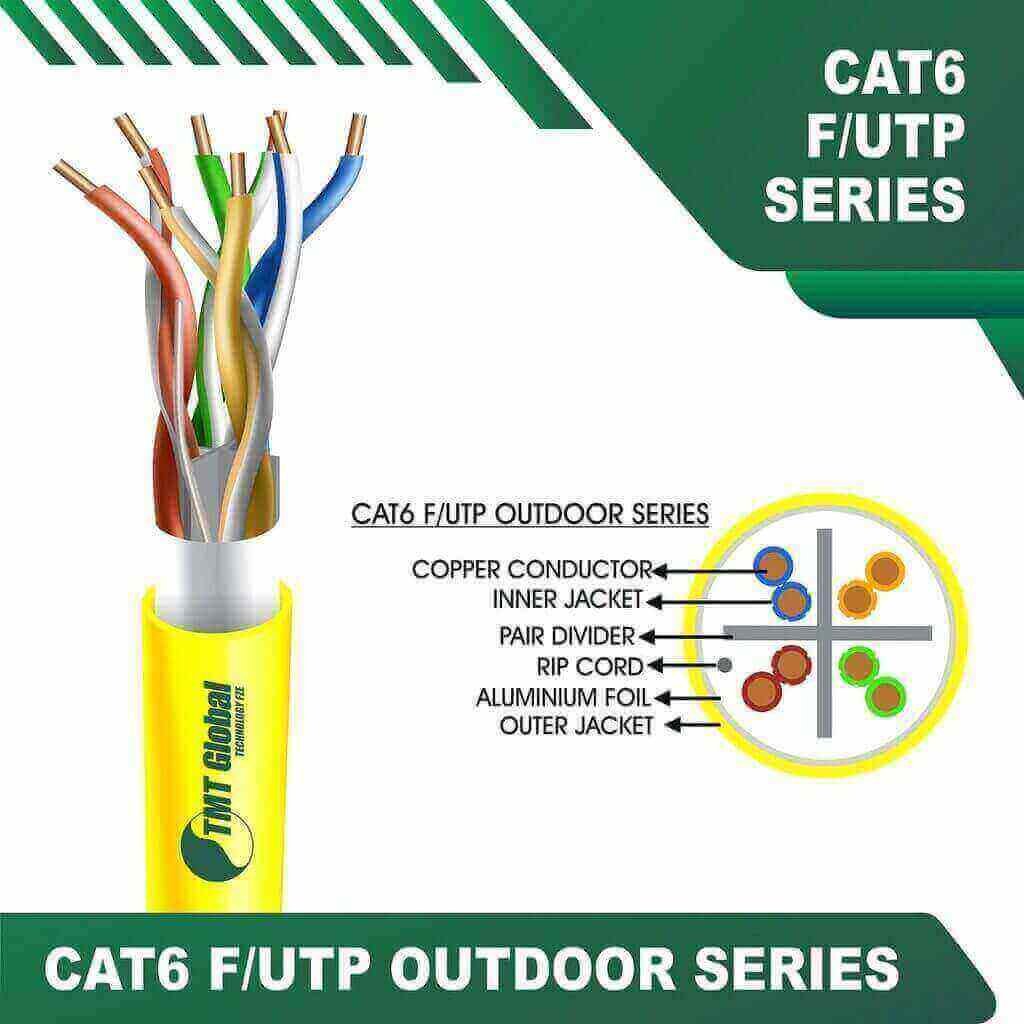
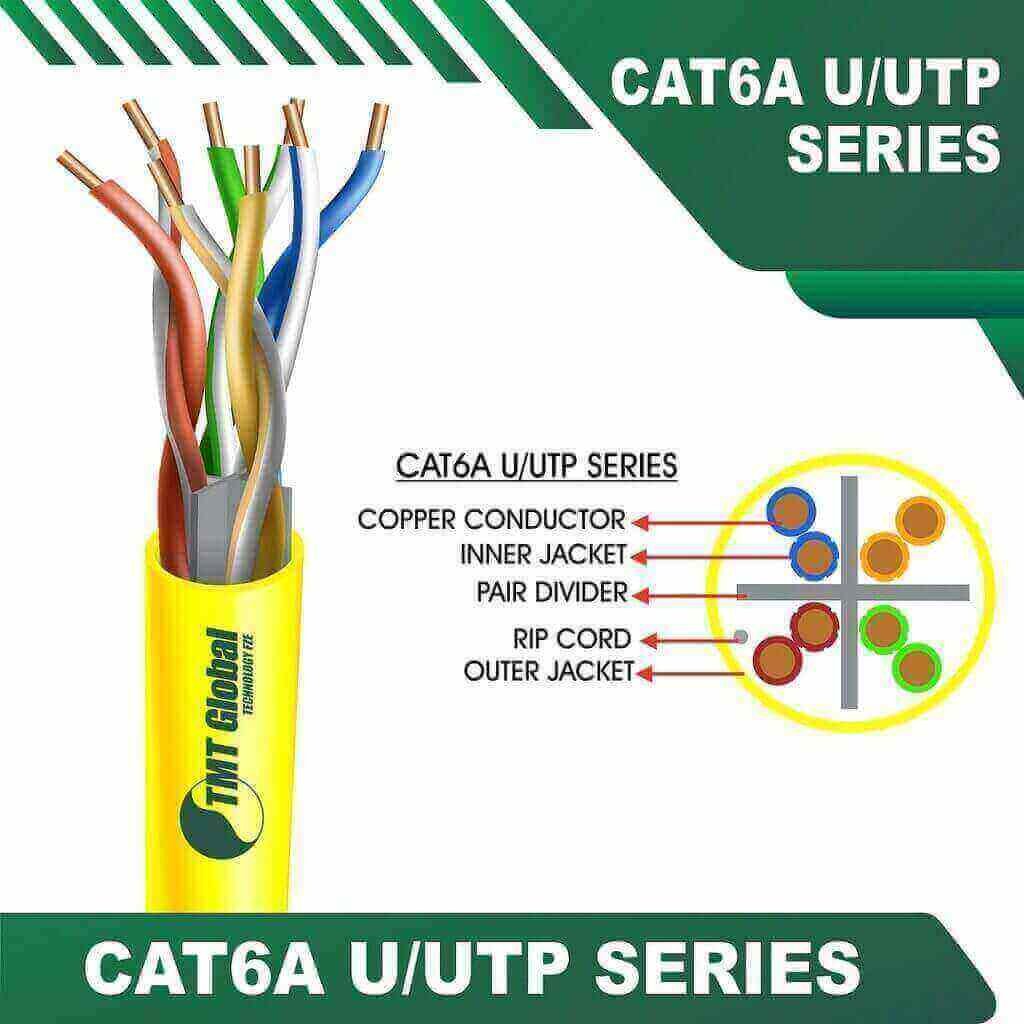
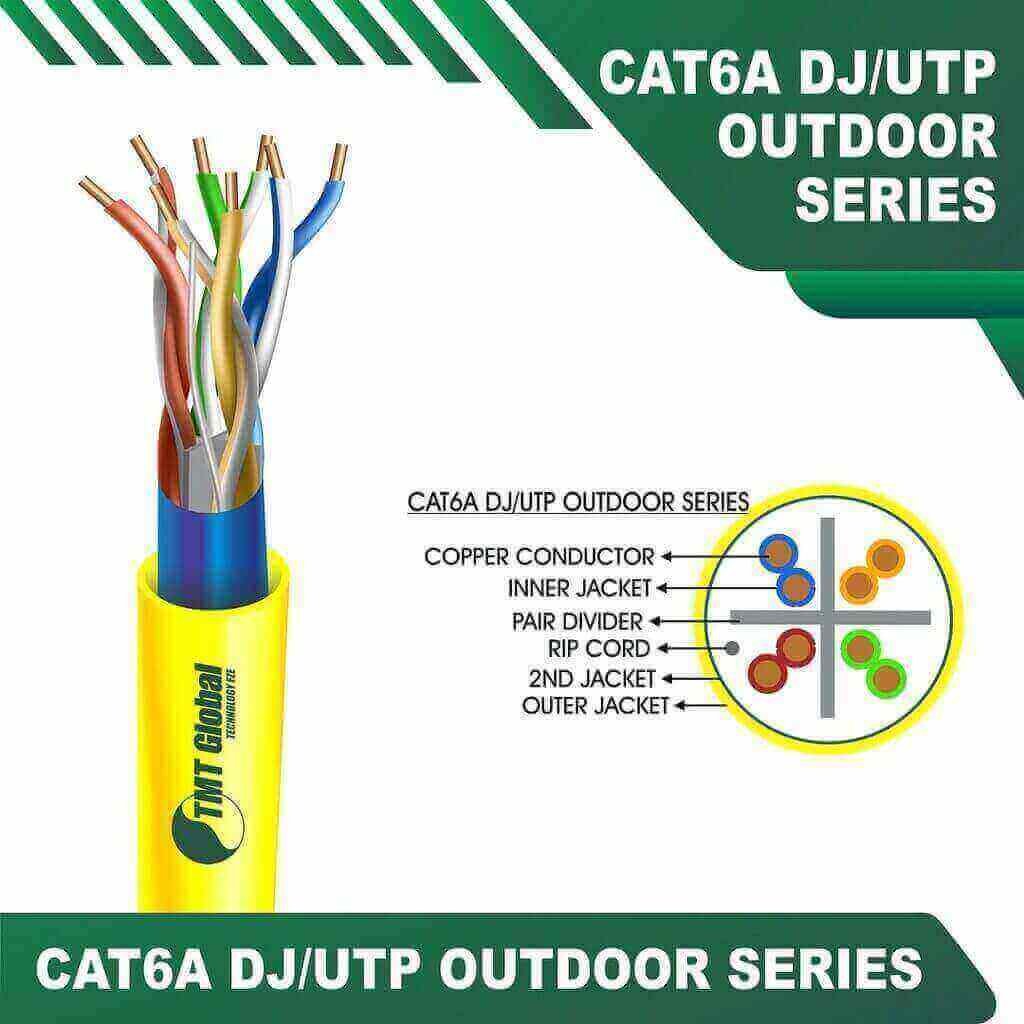
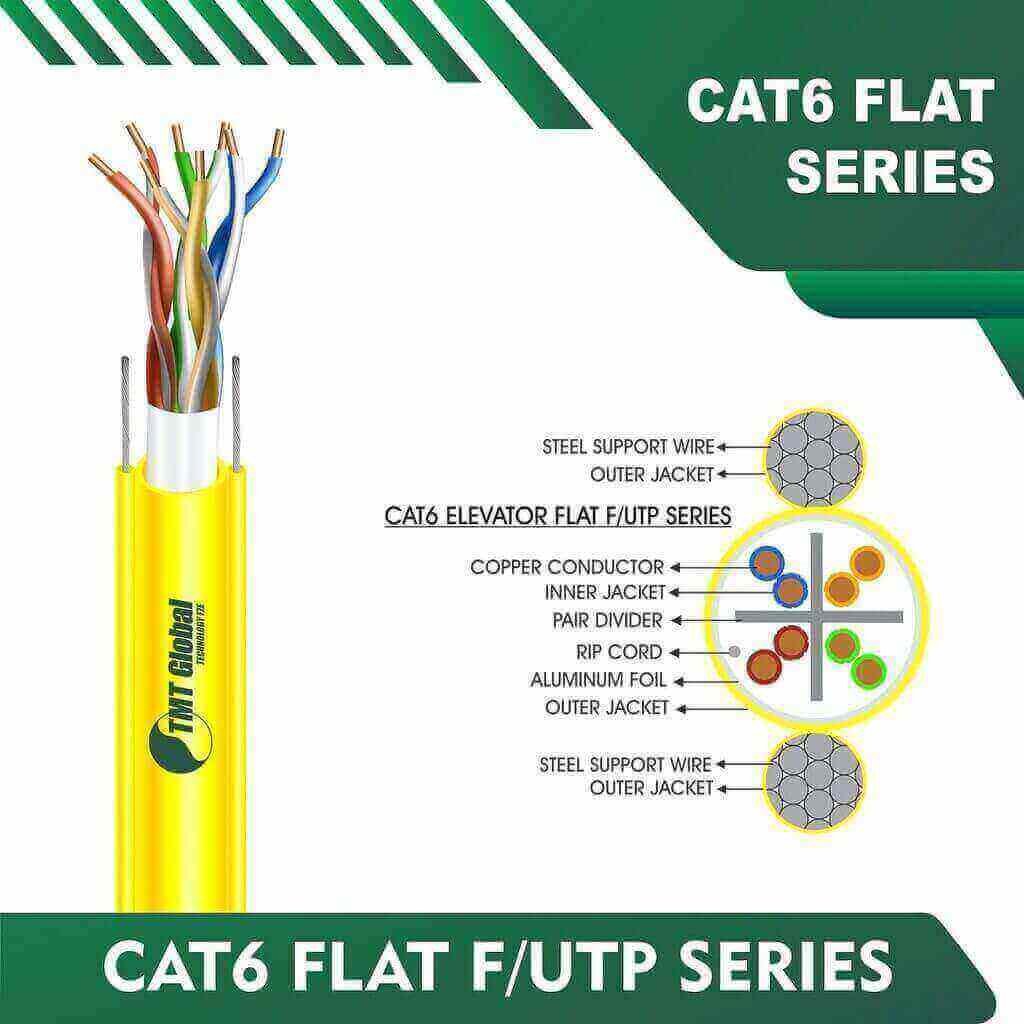
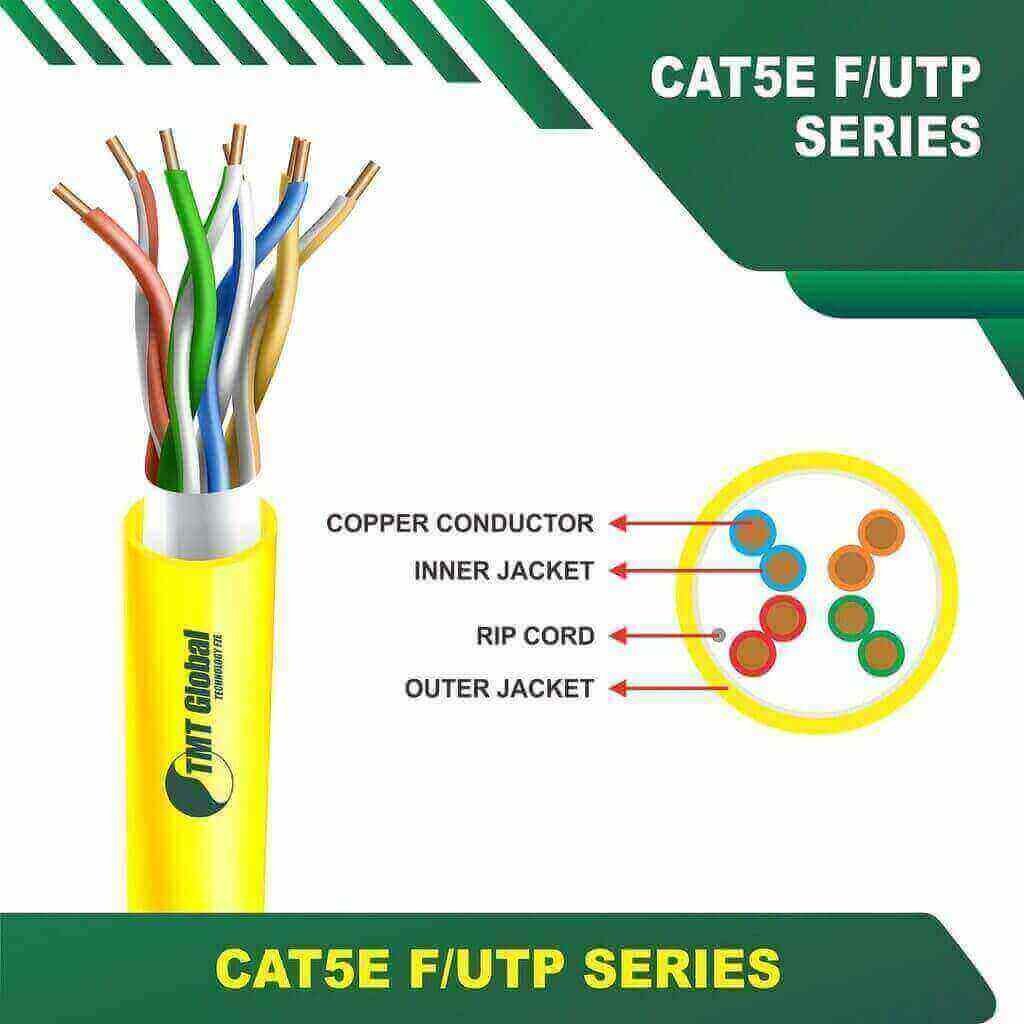
The earliest Ethernet cables, known as CAT5 (Category 5), emerged in the 1990s and allowed for basic networking tasks such as file sharing and internet browsing. However, as technology advanced, so did the requirements for faster data transmission and higher bandwidth. This have led to the development of CAT5e (Category 5 enhanced), which improved upon the original design by reducing crosstalk and allowing for higher performance in the same network settings. This advancement made CAT5e a popular choice for businesses and homes seeking to optimize their internet speed and connectivity.
More recent developments in networking technology introduced CAT6 (Category 6) cables, which provide even greater data transfer rates and improved performance over longer distances. With the advent of gigabit internet and the increasing reliance on high-bandwidth applications, CAT6 cables have become essential for modern networks. Understanding the different categories—CAT5, CAT5e, and CAT6—allows consumers to make informed decisions based on their specific connectivity needs. This guide aims to shed light on these variations and their respective roles in ensuring efficient network performance, particularly through the offerings of TMT Global Technology Ltd in Saudi Arabia.
What is CAT5 Cable?
Category 5 (CAT5) cable is a type of twisted pair cabling predominantly used for networking and telecommunication purposes. It was standardized in the 1990s and is designed to support data transmission over distances of up to 100 meters. Understanding the specifications of CAT5 cables is crucial for evaluating their performance and applicability in various networking scenarios.
CAT5 cables consist of four twisted pairs of copper wires, which help to reduce electromagnetic interference and enhance signal integrity. They are capable of transmitting data at speeds up to 100 Mbps (megabits per second) and can operate on frequencies of up to 100 MHz (megahertz). This makes them suitable for applications such as Ethernet networking, where reliable data transfer is essential. However, as technology has advanced, the limitations of CAT5 cables have become increasingly apparent, especially when compared to newer cable standards like CAT5e and CAT6.
Historically, CAT5 cables played a significant role in the proliferation of local area networks (LANs) during the late 1990s and early 2000s. Their affordability and relatively high performance for the time allowed businesses and individuals to establish efficient networking solutions without substantial investment. However, as data demands have escalated, the shortcomings of CAT5 cables have led to their gradual obsolescence in modern networking environments. What was once a widely used standard has now become less favorable as organizations transition to higher-capacity systems that require improved bandwidth and speed capabilities.
In today’s context, CAT5 cables are often found in legacy systems or low-demand networking situations, highlighting their position as a stepping stone towards more advanced cabling technologies. As the technological landscape evolves, understanding these distinctions is essential for making informed decisions when selecting networking infrastructure.
What is CAT5e Cable?
CAT5e cable, or Category 5 enhanced cable, represents a significant advancement over its predecessor, CAT5. The evolution from CAT5 to CAT5e occurred primarily to address the increasing demands for higher-speed internet and the need for reduced interference in data transmission. CAT5e cables are designed to support data rates of up to 1 Gbps (gigabit per second) over a distance of 100 meters, making them suitable for a variety of applications in both residential and commercial environments.
One of the key enhancements found in CAT5e cables is their ability to minimize crosstalk, which is the unwanted transfer of signals between communication channels. This improvement is achieved through tighter specifications and better manufacturing standards compared to CAT5 cables. As a result, CAT5e cables can reduce crosstalk between the twisted pairs and within the cable itself. This reduction is crucial for maintaining the integrity of data transmission, especially in networks where multiple devices are communicating simultaneously.
Moreover, CAT5e cables maintain backward compatibility with older networking standards, including CAT5 and even CAT3, allowing for a flexible approach to network upgrades. The versatility of CAT5e makes it an ideal choice for various applications, including VoIP (Voice over Internet Protocol), video conferencing, and high-speed internet connections. In recent years, CAT5e has become a widely adopted standard in both home and office networking setups, primarily due to its balance of performance, cost, and ease of installation.
In summary, CAT5e cables offer enhanced performance characteristics over traditional CAT5 cables, addressing the contemporary needs of faster and more reliable data transmission. These advancements make CAT5e an essential component of modern networking solutions.
What is CAT6 Cable?
CAT6 cables represent a significant advancement in network cabling technology, designed to support higher data transmission speeds and increased bandwidth compared to their predecessors, CAT5 and CAT5e. Specifically, CAT6 cables can handle data rates of up to 10 Gbps, which is ten times faster than CAT5 and capable of accommodating large data transfers effectively in contemporary networking environments.
One of the most notable features of CAT6 cables is their improved bandwidth capabilities, offering up to 250 MHz. This enhanced bandwidth allows for better signal quality and reduced interference, making CAT6 an ideal choice for environments where high data rates are crucial. The construction of CAT6 cables involves thicker copper conductors and an internal separator that minimizes crosstalk—an issue where signals interfere with each other, compromising data integrity. As a result, CAT6 cables maintain superior performance in both residential and commercial settings, particularly where high-speed internet access is a necessity.
Due to their performance features, CAT6 cables are commonly utilized in various applications such as data centers, enterprise networks, and home offices that require robust network support. The cables are also suitable for streaming high-definition video, online gaming, and large file transfers, thereby enhancing user experiences in bandwidth-intensive tasks. In addition to their speed and bandwidth advantages, CAT6 cables are backward compatible with earlier cables, such as CAT5 and CAT5e, ensuring that they can seamlessly integrate into existing network infrastructure.
Overall, CAT6 cables offer a powerful solution for modern networking needs, delivering superior performance where speed and reliability are paramount.
Comparative Analysis of CAT5, CAT5e, and CAT6
In the realm of networking solutions, understanding the differences between CAT5, CAT5e, and CAT6 cables is vital for making informed choices. Each category of cable offers various specifications that cater to different networking needs, particularly regarding maximum speed, bandwidth, distance, and crosstalk prevention.
First, let’s consider maximum speeds. CAT5 cables can support speeds of up to 100 Mbps, making them suitable for basic internet activities. In contrast, CAT5e, or enhanced Category 5, supports speeds up to 1 Gbps, which is ideal for most home and small business applications needing higher throughput. On the other hand, CAT6 cables take it a step further by accommodating speeds of up to 10 Gbps, particularly over short distances of up to 55 meters, making them a preferred choice for environments requiring high data transfer rates.
When analyzing bandwidth capacity, CAT5 offers a bandwidth of 100 MHz, while CAT5e improves upon this with a capacity of 100 MHz, thanks to better crosstalk prevention technologies. CAT6 raises the bar significantly, providing bandwidth capabilities of up to 250 MHz. This increase in bandwidth is crucial for streaming high-definition video, online gaming, and other data-intensive activities.
Distance plays a role in the performance of these cables as well. CAT5 can effectively transmit data over distances of up to 100 meters at its maximum speed. CAT5e maintains the same distance while providing less crosstalk, while CAT6, due to the higher frequencies it supports, is limited to 55 meters for optimal performance at higher speeds. Lastly, in terms of crosstalk prevention, CAT5 suffers from significant interference due to less sophisticated shielding compared to CAT5e and CAT6, which incorporate better shielding methods to minimize signal degradation. Understanding these differences allows end-users to select the most suitable cable type based on their specific networking requirements.
Manufacturing Standards at TMT Global Technology Ltd
TMT Global Technology Ltd adheres to rigorous manufacturing standards in the production of CAT5, CAT5e, and CAT6 cables. The emphasis placed on quality control begins with the selection of raw materials, which are sourced from trusted suppliers who comply with international quality certifications. This initial step is vital in ensuring the integrity and reliability of the final products. Each type of cable manufactured at TMT utilizes high-grade copper conductors, which enhance performance and minimize signal interference, meeting and often exceeding industry specifications.
The manufacturing process follows a stringent protocol guided by the latest industry standards, such as ISO 9001. This framework allows TMT to maintain high quality through various stages, from design to assembly, effectively aligning with customer expectations. Automated machinery combined with skilled technicians ensures precise cable construction, which is critical for maintaining signal integrity in networking solutions.
Quality control is further reinforced through rigorous testing procedures. Each batch of cables undergoes extensive testing for electrical performance, such as signal attenuation and crosstalk, utilizing advanced equipment designed to simulate real-world conditions. These tests confirm that all cables produced not only meet the necessary standards set by organizations like ANSI/TIA but also perform reliably in actual network environments. TMT Global Technology Ltd further encourages continuous improvement through feedback mechanisms that solicit insights from clients, enhancing their ability to respond swiftly to emerging needs and technological advancements.
In summary, TMT Global Technology Ltd’s commitment to high manufacturing standards and quality control ensures that its CAT5, CAT5e, and CAT6 cables are not only compliant with industry requirements but also exceed customer expectations for performance and reliability.
Applications and Use Cases of CAT5, CAT5e, and CAT6 in Saudi Arabia
In Saudi Arabia, the choice of networking cables such as CAT5, CAT5e, and CAT6 is integral to the development of robust communication infrastructures across various sectors. Each cable type serves specific purposes depending on the demands of the environment in which they are used.
CAT5 cables, once the standard for networking, still find relevance in residential settings. They are often utilized for basic internet connectivity and supporting standard broadband speeds. Despite being somewhat outdated, their affordability makes them a common choice for smaller homes or basic networking needs. However, as the demand for higher data transfer speeds grows, the industry is gradually shifting towards more advanced options.
CAT5e, an enhanced version of CAT5, has gained popularity in both residential and corporate environments in Saudi Arabia. It supports data speeds of up to 1 Gbps and reduces crosstalk, making it an ideal choice for home networks, streaming, and small business applications. Many educational institutions are adopting CAT5e to ensure stable internet connectivity for digital classrooms, online examinations, and administrative tasks.
On the other hand, CAT6 cables are increasingly being used in more demanding environments. With the capability to support data rates of up to 10 Gbps over short distances, CAT6 is often deployed in corporate infrastructures, data centers, and technologically advanced schools. The growing preference for cloud-based applications and high-definition multimedia content in Saudi Arabia drives the demand for CAT6, as businesses and educational institutions strive for faster and more reliable network connections.
As Saudi Arabia continues to advance its technological landscape, the applications of these cables will increasingly reflect the country’s commitment to improved connectivity, innovation, and the support of a digital economy. A comprehensive understanding of the different types of cables ensures that organizations and individuals can make informed decisions tailored to their specific needs.
Future Trends in Networking Cables
As the digital landscape continues to evolve rapidly, networking cables must similarly adapt to accommodate increasing data requirements and technological advancements. One significant trend is the ongoing development of higher category cables beyond the current standard of CAT6. Emerging standards such as CAT6a and CAT7 are already being adopted, enabling faster data transmission speeds and improved performance over longer distances. These innovations are critical in meeting the demands of high-bandwidth applications, including 4K video streaming, virtual reality, and large data transfers.
Another noteworthy trend is the integration of fiber-optic technology in networking solutions. Traditional copper cables, while still widely used, are increasingly complemented or replaced by fiber-optic cables due to their superior speed and bandwidth capabilities. As businesses and organizations prioritize high-speed connectivity, the adoption of fiber-optic cables is expected to rise, especially in data centers and enterprise networks. Advancements such as single-mode and multi-mode fibers will further enhance capabilities and broaden applications.
The focus on sustainability is also shaping the future of networking cables. Manufacturers are increasingly adopting eco-friendly practices and materials in their production processes. This includes the use of recyclable materials and reducing the carbon footprint associated with cable manufacturing. Additionally, energy-efficient technology is being implemented to minimize power consumption, particularly in data centers, where heat generation and energy use are significant concerns.
Moreover, the Internet of Things (IoT) continues to drive innovation in networking cables. As more devices become interconnected, the demand for reliable and efficient network infrastructures will grow. This trend necessitates the ongoing enhancement of cable technologies to ensure stable connectivity in smart homes, cities, and industries. Overall, the future of networking cables is poised for significant transformation, driven by technological advancements and changing consumer needs, promising exciting developments for companies like TMT Global Technology Ltd.
Conclusion: Choosing the Right Cable for Your Needs
When it comes to networking needs, selecting the appropriate cable is crucial to ensure optimal performance and reliability. CAT5, CAT5e, and CAT6 cables each serve distinct purposes and present unique characteristics that cater to various requirements.
CAT5 cables are often regarded as the entry-level option, capable of supporting data rates up to 100 Mbps. While they may suffice for basic internet browsing and email use, they fall short in high-demand environments. Suitable for home users with minimal networking requirements, CAT5 may not be your best choice if you anticipate upgrading your technology in the future.
On the other hand, CAT5e cables provide enhanced specifications, improving data transmission rates up to 1 Gbps. This makes them a favored choice among small to medium-sized businesses that require improved performance without significant investments. CAT5e also reduces crosstalk, ensuring a more reliable connection for everyday operations such as file transfers and video conferencing.
For those who require the highest performance, especially in commercial settings, CAT6 cables stand out. They support speeds up to 10 Gbps over short distances, making them ideal for data-intensive tasks such as streaming high-definition videos and managing large data transfers. While CAT6 cables may be more costly, their future-proof design and superior capabilities can justify the investment for many organizations.
In determining which type of cable best meets your needs, consider factors such as your internet usage patterns, the size of your network, and potential future demands. Consulting with a reputable provider like TMT Global Technology Ltd can also provide insights tailored to your specific requirements, ensuring you select the right cable that aligns with your networking goals.
